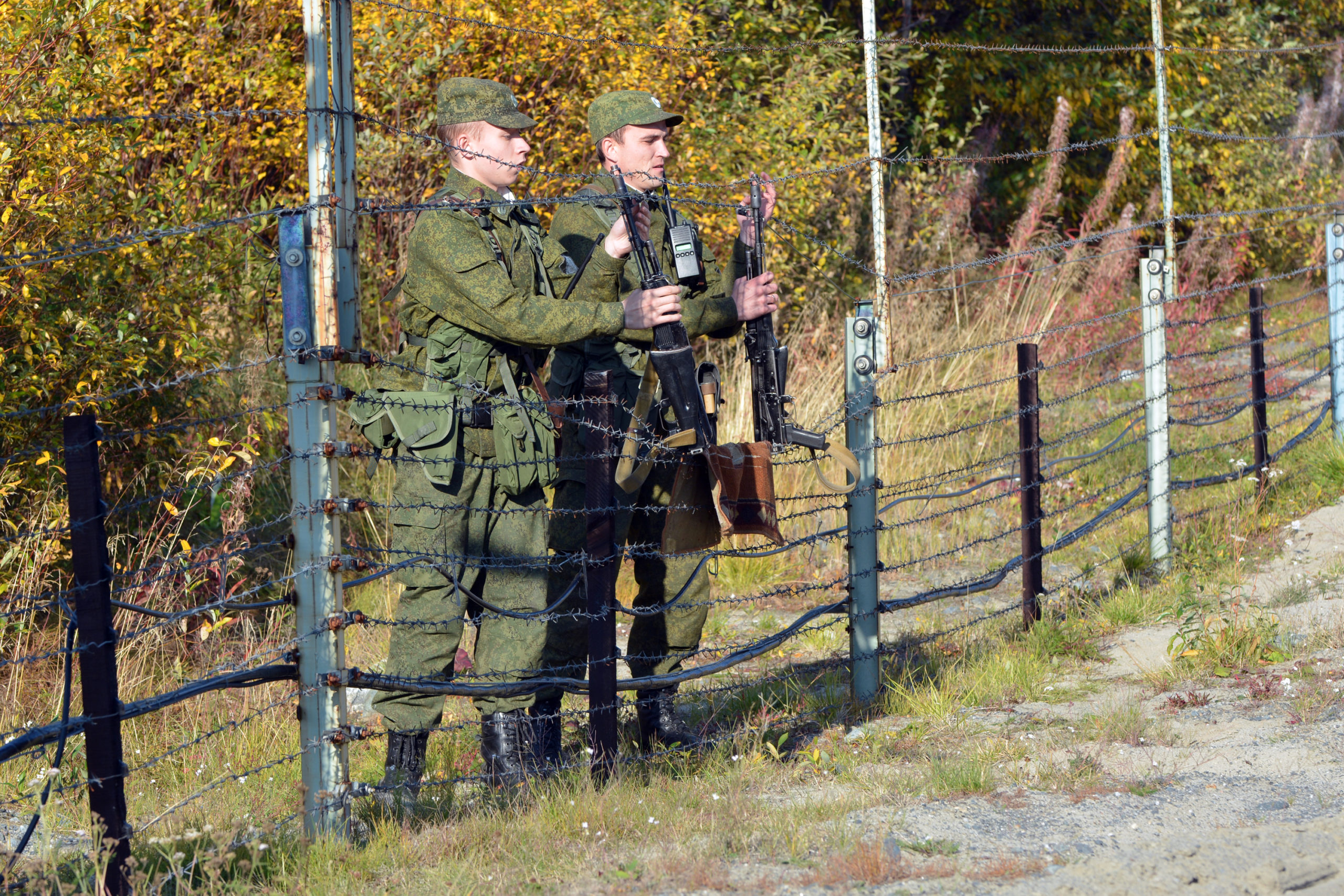Norway sees its first illegal border crossing from Russia since 2015
Police have disclosed few details about the man they detained on Thursday.

A man was detained on Thursday by Norwegian police for illegal border crossing from Russia’s Kola Peninsula.
The exact circumstances are still to be determined, but the man came walking in the remote wilderness terrain at Korpfjell in the northern sector of the Norwegian-Russian border. He was detained shortly after noon on Thursday, Finnmark Police District said in a tweet.
The police are reluctant to disclose details.
“We don’t want to give further information at this point,” says Police Prosecutor Lisa Sneve. She adds that the investigation is still underway.
“The case is unusual as we don’t have many such cases,” Sneve told the Barents Observer. A lawyer is not yet appointed.
Norway has military border guards patrolling the land border with Russia, but it is the police that are formally in charge of law enforcement. It is strictly illegal to cross the border in the terrain, and such incidents happen rarely. The last successful border crossing in the area happened in November 2015 when a Chinese citizen suddenly appeared near Grense Jakobselv, the most remote area along the 200-kilometer border.
On the Russian side, a barbed wired fence stretches the entire area of a highly secured and surveilled border zone.
A few illegal attempts to enter this border zone, however, happen annually. In 2018, the Barents Observer reported about seven such incidents. Last year, three Egyptian citizens were arrested just off the road near Zapolyarny. From there, the distance to the actual border line is nearly 10 kilometers.
Korpfjell is also about 10 kilometers from the nearest civilian road in Pechenga. Due to its proximity to the heavily militarized Pechenga valley, the Norwegian intelligence service has a facility in the area with a view over Russia.
As Putin launched the massive military attack on Ukraine on February 24, hundreds of troopers from the military garrisons in the Pechenga valley took part in the war. In late March, the Barents Observer reported that allegedly more than 300 soldiers from the north were killed in action. Only a few are officially named by regional authorities in Murmansk.
In autumn 2015, some 5,500 migrants were allowed to leave Russia and enter Norway at the Borisoglebsk-Storskog border checkpoints. The so-called “Arctic Migrant Route” ended in late November 2015. Amid the crisis, FSB warned that migrants could try to cross the state border up north illegally.
According to the European Border and Coast Guard Agency, Frontex, 2021 saw a record of 8,184 illegal border-crossings at the Eastern land borders. That was more than a tenfold increase in comparison to 2020 and was mainly caused by the migrant crisis artificially created on the borders to Lithuania and Poland by the regime of Alexander Lukashenko in Belarus.
Norway’s land border to Russia in the north is traditionally considered to be the least problematic among all of Schengen Europe’s external borders.